
Currently post-doc at TU_Munchen working with
@MedBioinorgChem and Prof. Alessio Gagliardi.
@iiribarren.bsky.social @manchester.ac.uk
onlinelibrary.wiley.com/doi/10.1002/... #Compchem #CatalystDesign

@iiribarren.bsky.social @manchester.ac.uk
onlinelibrary.wiley.com/doi/10.1002/... #Compchem #CatalystDesign
@cicbiomagune.bsky.social. we are going to develope new applications of #metallacages and #supramolecular #assemblies in biological systems! Exciting times are coming! Check back soon for PhD openings!
We look forward to welcoming him to the institute in the new year.

@cicbiomagune.bsky.social. we are going to develope new applications of #metallacages and #supramolecular #assemblies in biological systems! Exciting times are coming! Check back soon for PhD openings!

Your car has just been crushed by hagfish: Frequently Asked Questions – Southern Fried Science

Your car has just been crushed by hagfish: Frequently Asked Questions – Southern Fried Science



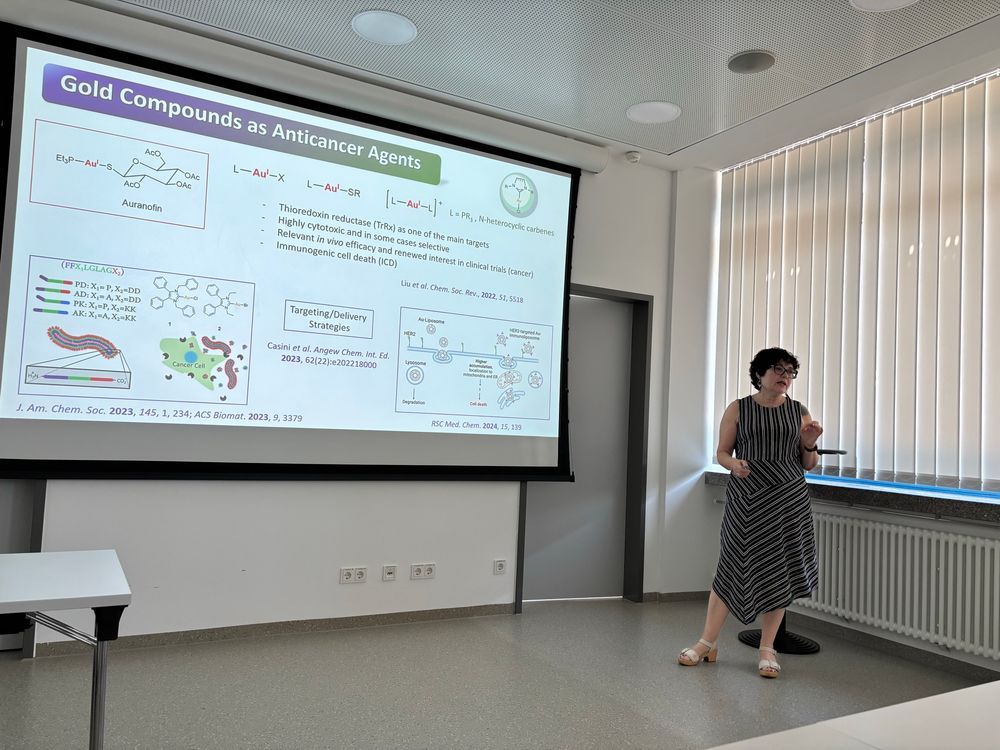
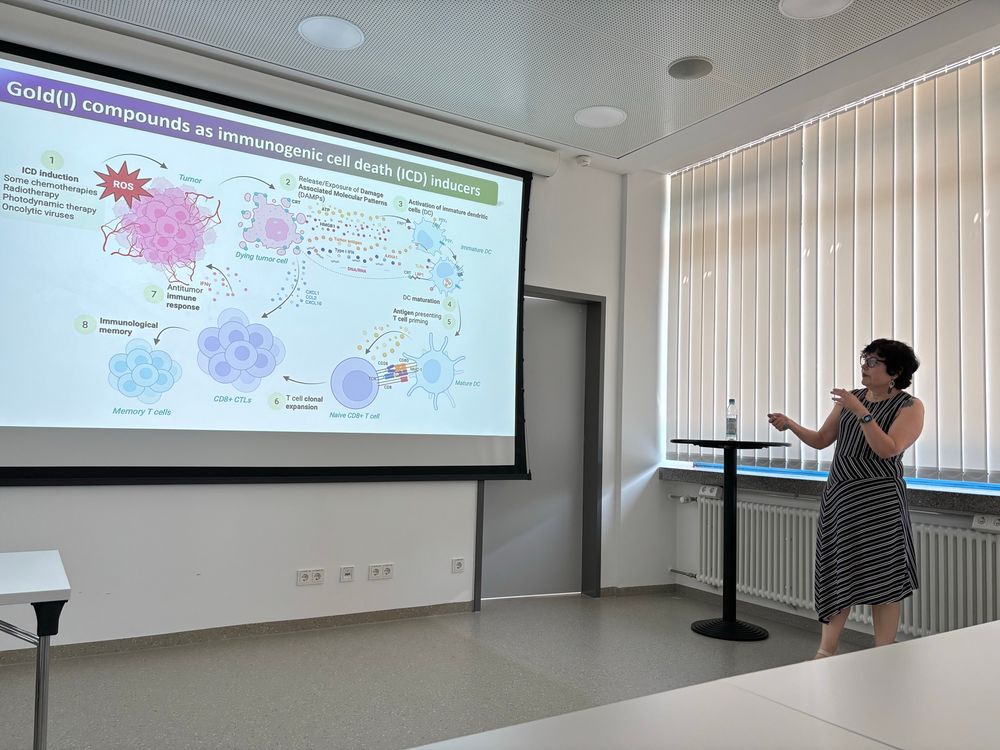
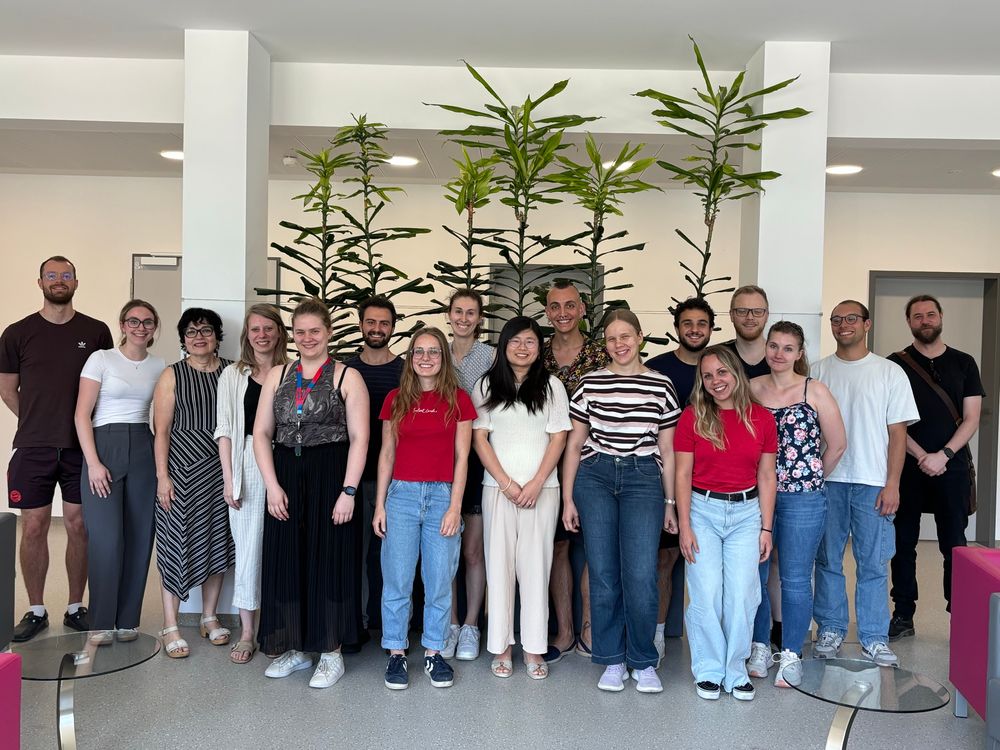

👇👇👇
www.sciencedirect.com/science/arti...

👇👇👇
www.sciencedirect.com/science/arti...

👇👇👇
www.sciencedirect.com/science/arti...








Presentations have been presented &
Friends have been friended.
Back home now and waiting for the next one 😎
Check the @medbioinorgchem.bsky.social go see the rest of us



Presentations have been presented &
Friends have been friended.
Back home now and waiting for the next one 😎
Check the @medbioinorgchem.bsky.social go see the rest of us

Thank you to the Editorial Office and @chemistryeurope.bsky.social for the opportunity.
#OrganicChemistry #EditorialBoard
chemistry-europe.onlinelibrary.wiley.com/hub/journal/...

Thank you to the Editorial Office and @chemistryeurope.bsky.social for the opportunity.
#OrganicChemistry #EditorialBoard
chemistry-europe.onlinelibrary.wiley.com/hub/journal/...
Download the issue PDF for free with just one click: ➡️ https://www.beilstein-journals.org/bjoc/series/131?B=y
💎🔓 #BJOC

Download the issue PDF for free with just one click: ➡️ https://www.beilstein-journals.org/bjoc/series/131?B=y
💎🔓 #BJOC

Download the issue PDF for free with just one click: ➡️ https://www.beilstein-journals.org/bjoc/series/131?B=y
💎🔓 #BJOC

We have an exciting opportunity to join our research group!
This fully funded PhD position is part of the IPCat training programme.
Feel free to reach out if you have any questions or need more information.
👉 Apply now: www.findaphd.com/phds/project...
#PhD #compchem
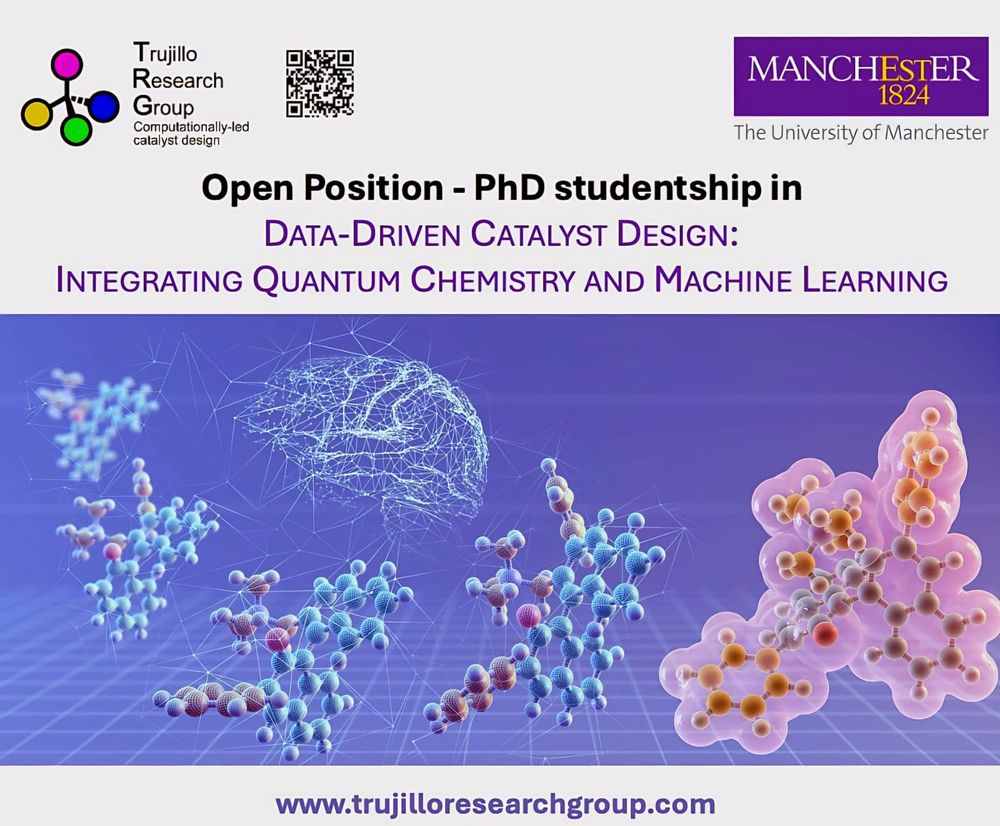
We have an exciting opportunity to join our research group!
This fully funded PhD position is part of the IPCat training programme.
Feel free to reach out if you have any questions or need more information.
👉 Apply now: www.findaphd.com/phds/project...
#PhD #compchem

See you another time I guess 🤷♂️

See you another time I guess 🤷♂️
There are many different structural and functional motifs that have required amazing innovations in synthesis. And one of mine is in there too! #chemsky #sciart



Someone stole the queen's crown 😱 but don't worry, I found it 😎
The rise of Casinions was super fun. Can't wait for the next one.

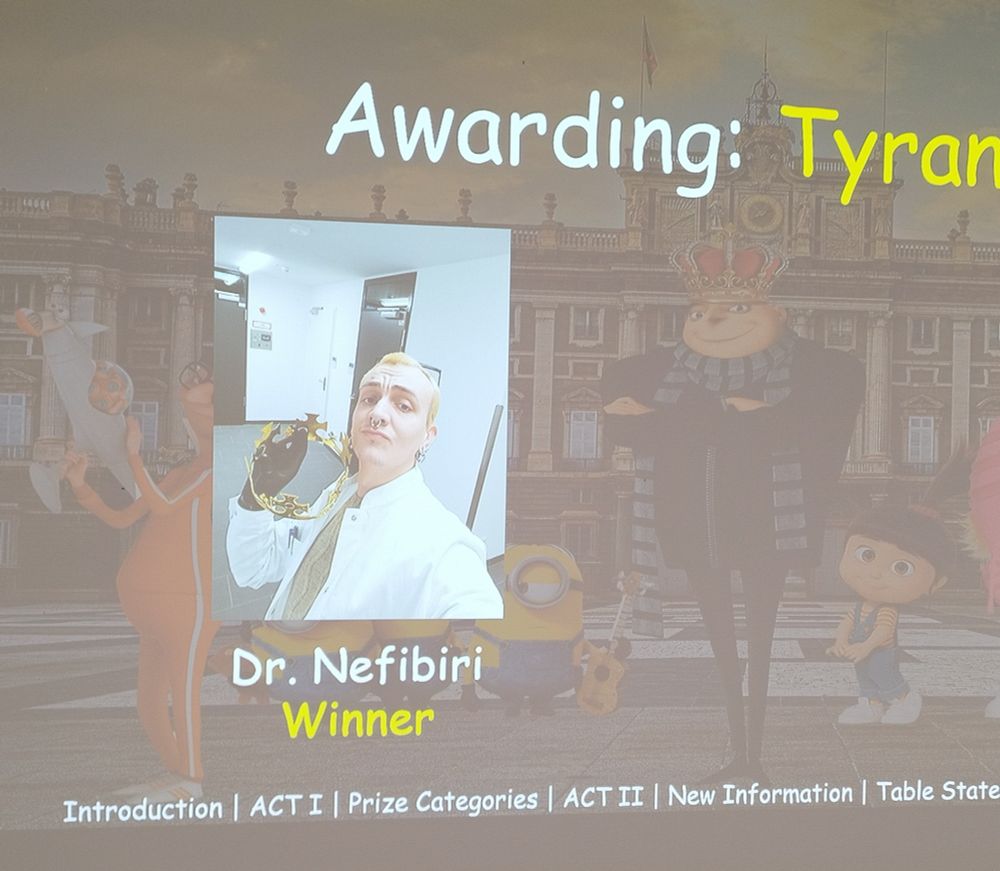

Someone stole the queen's crown 😱 but don't worry, I found it 😎
The rise of Casinions was super fun. Can't wait for the next one.



